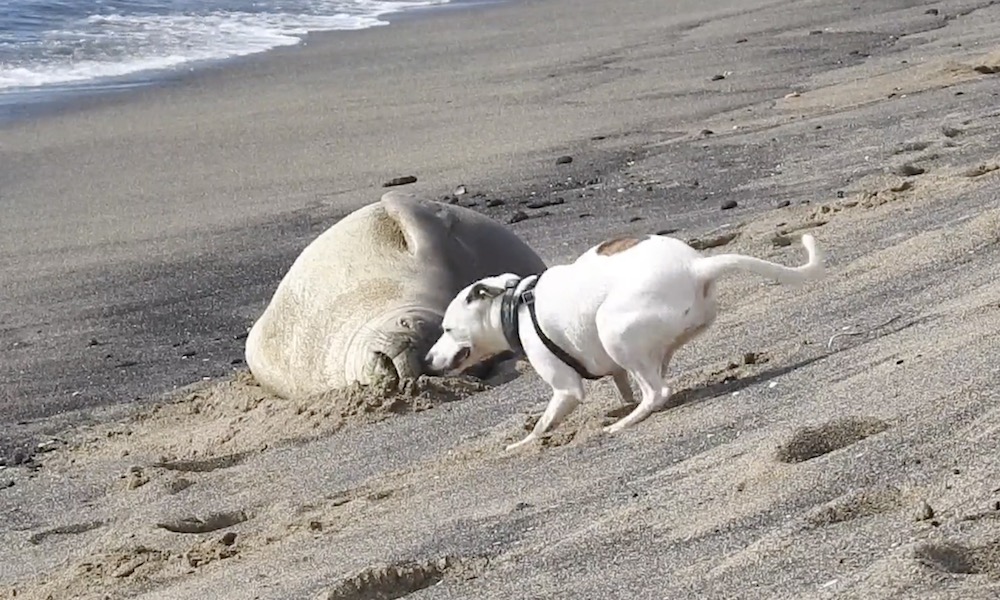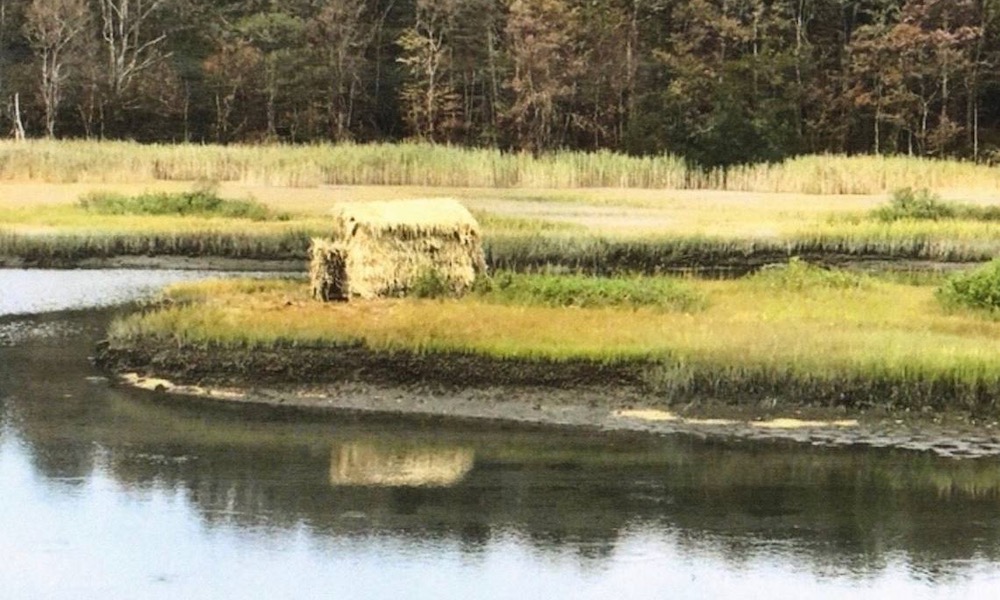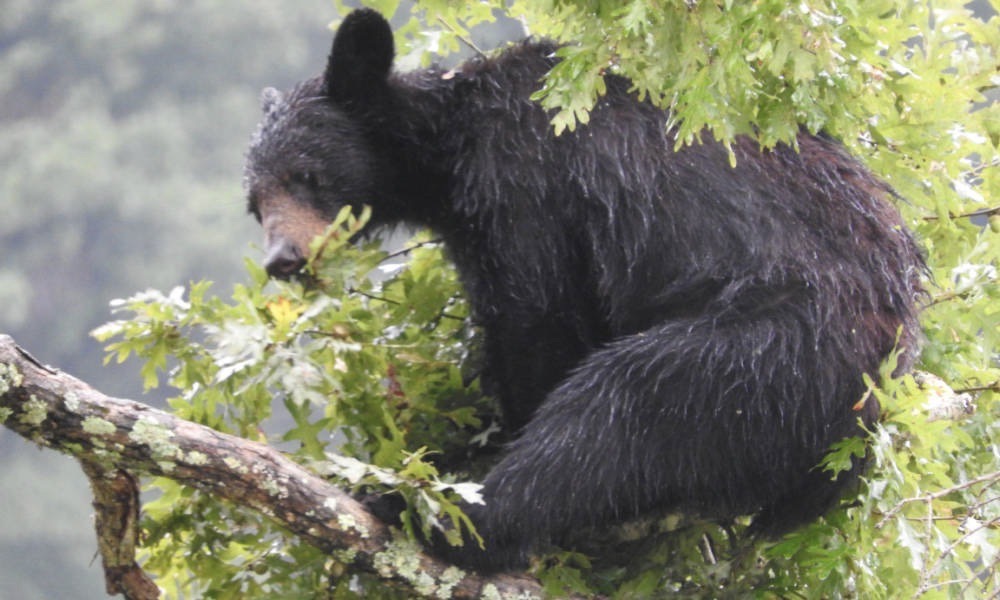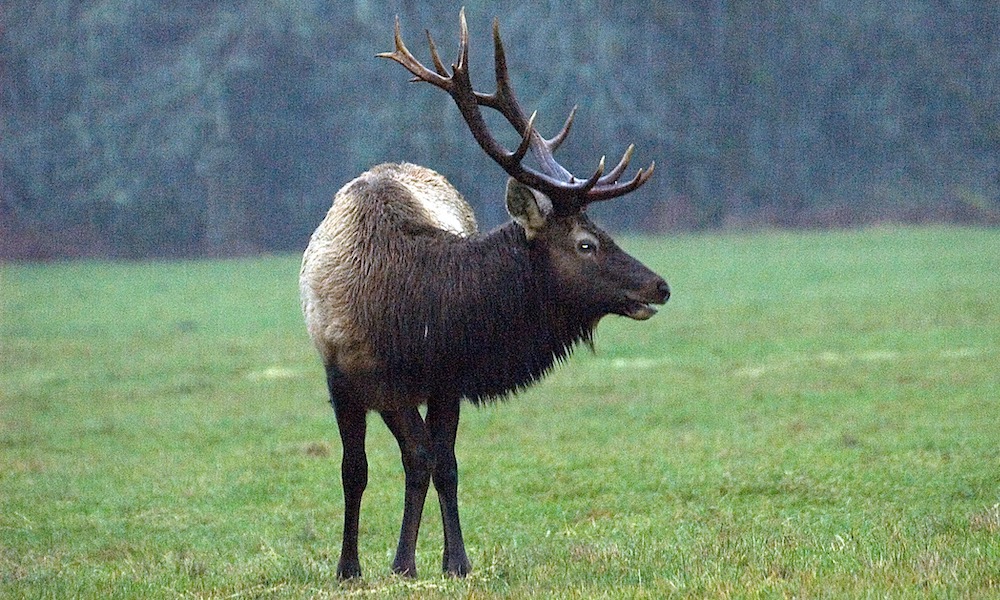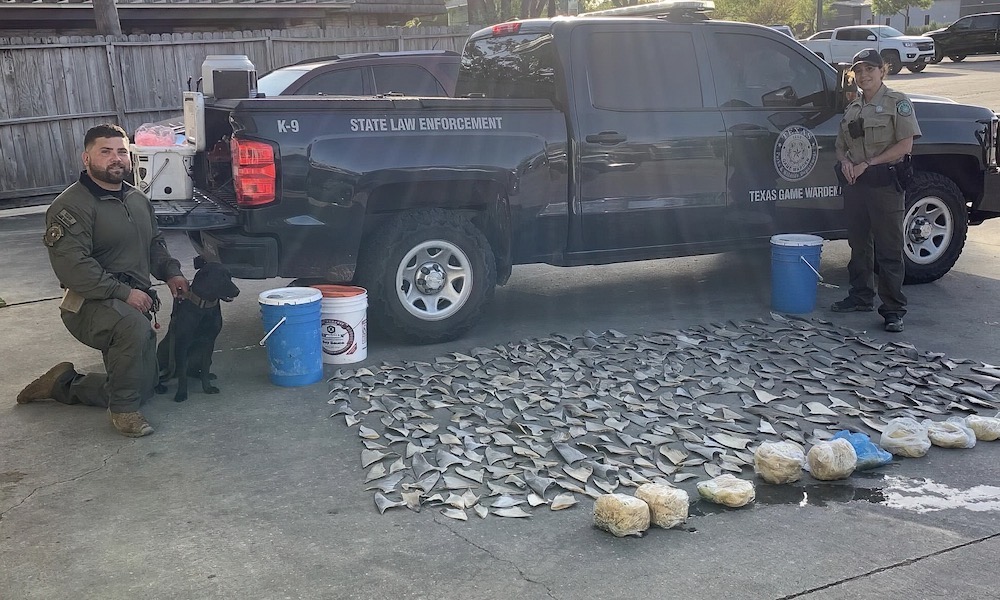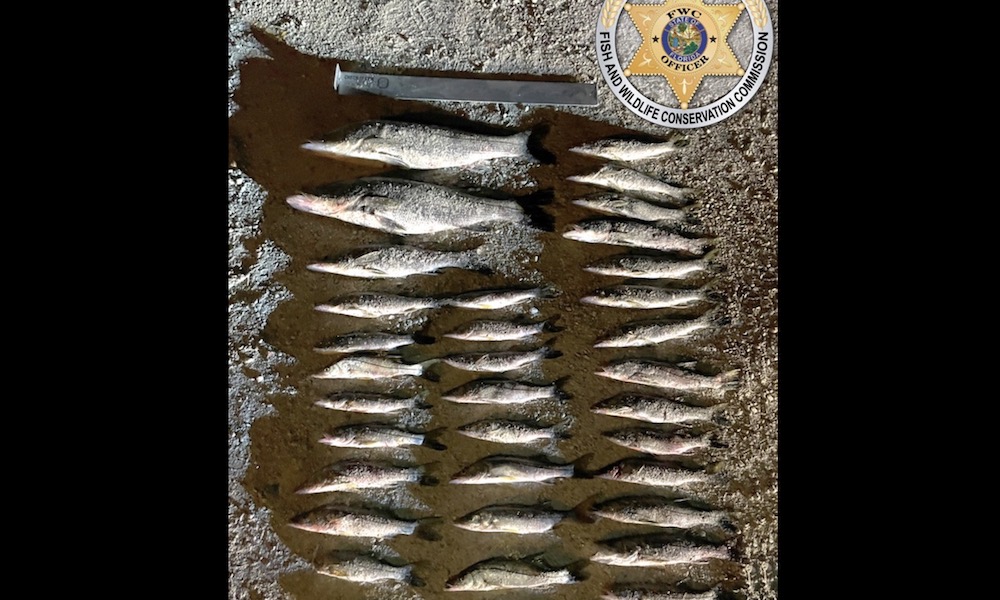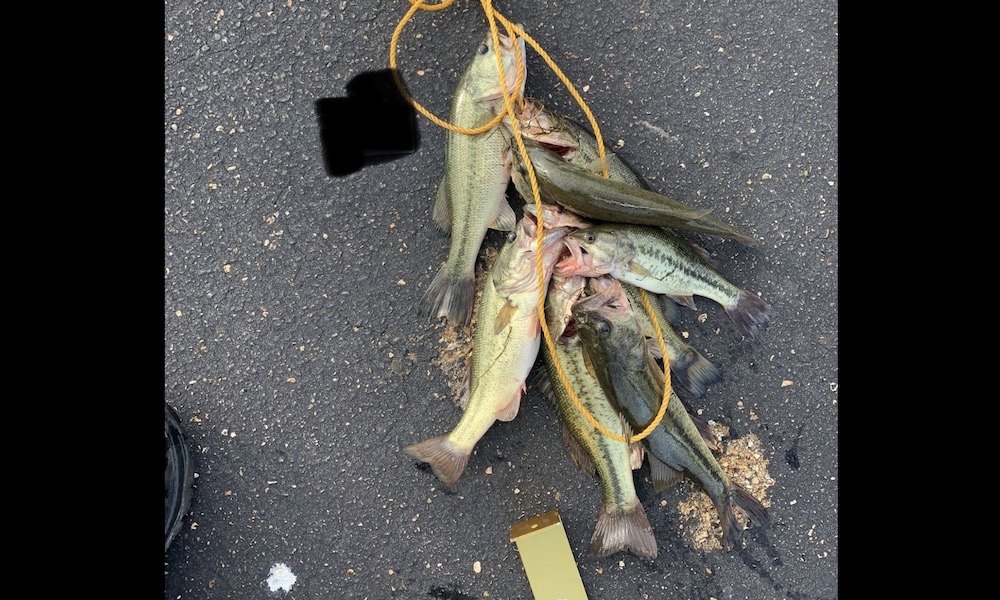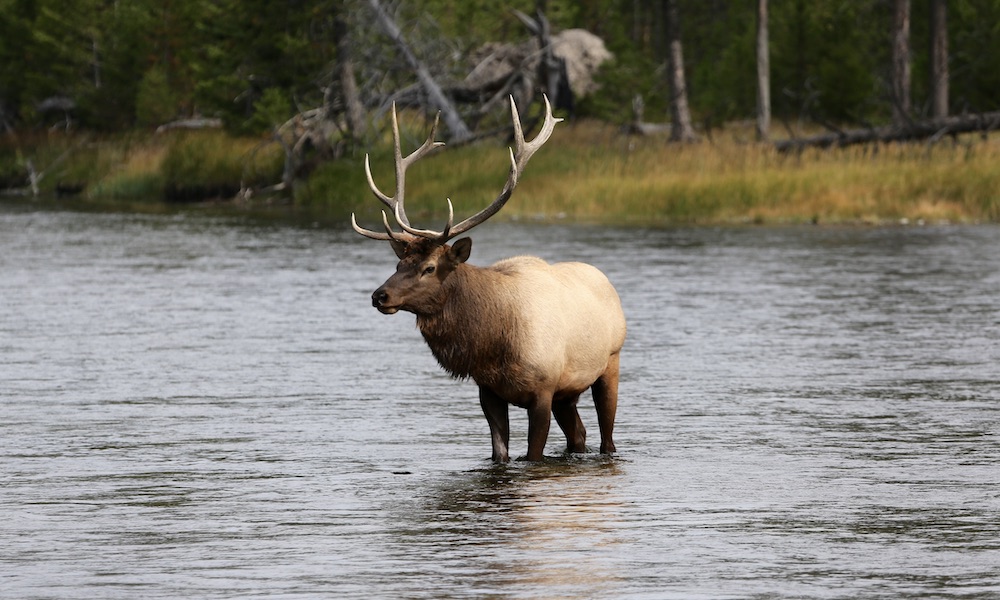Fourteen people were charged with and convicted on 122 counts, including felonies and misdemeanors, as the Ohio Department of Natural Resources Division of Wildlife closed the adjudication phase of one of the state’s largest white-tail deer commercialization cases.
The list of charges included engaging in a pattern of corrupt activities, grand theft, falsification, tampering with records, possession of untagged deer parts, hunting with an illegal implement, and complicity to wildlife sales, according to ODNR.
The case included the illegal taking of deer and selling venison, and focused on A&E Deer Processing in Gallia County.

The defendants combined to pay $70,013.14 in fines and restitution, paid more than $6,700 in court costs and forfeited all the evidence seized during the execution of search warrants.
Collectively, they received a hunting license revocation totaling 63 years.
The maximum restitution to one individual was $20,000 with another paying $13,000. Multiple individuals received extensive hunting license suspensions.
Also on FTW Outdoors: Duck hunter fined $4,000 for violating 1930s regulation
In February 2020, five search warrants were executed in Gallia County by Division of Wildlife law enforcement with an additional search warrant conducted in Pennsylvania by the Pennsylvania Game Commission. Wildlife officers and investigators conducted 22 interviews in Ohio and three in Pennsylvania to verify the alleged violations.
During the execution of the search warrants, more than 1,000 items were seized, including venison and venison processing equipment, deer harvest records, deer mounts and antlers, and hunting implements. A stolen rifle, illegally possessed firearm suppressors, and a moonshine still were also discovered during the searches.

The investigation revealed the owners and operators of the deer processing business falsely game checked deer, created false deer harvest records, falsified deer tags, exceeded deer hunting limits, and stole venison from customers who brought in deer for processing. Falsified records allowed the deer processors to take and have in their possession more deer than they were lawfully allowed.
Stolen venison was stockpiled and laundered into summer sausage that was sold for profit. Over the course of two hunting seasons, investigators documented more than 2,000 pounds of venison that were either stolen from their 280 customers or taken by unlawful means such as jacklighting, taking deer out of season, and falsifying records.
Generic photos courtesy of Wikipedia Commons.
[listicle id=1980234]
